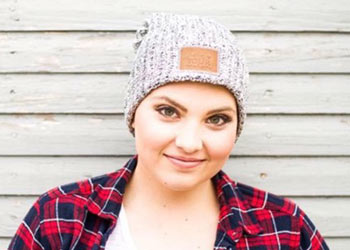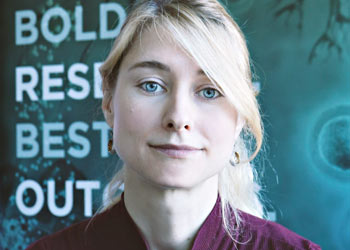By Holly R. Zink, MSA, ACRP
Cancer in children differs from cancer in adults, from DNA alterations to tumor origin. More than 15,000 children are diagnosed with cancer each year in the U.S., and while new treatments — most often designed originally for adults — have increased overall survival rates, children often face longer, more intense treatment schedules. The need for tailored treatments is crucial.
Clinical trials connect more patients to new therapies, saving more lives
Current standard therapies for many childhood cancers are over 30 years old and have lifelong, toxic, and debilitating side effects. Treatment-related toxicities lead to secondary cancers, organ damage, early onset heart failure, and cognitive and growth deficits that undermine their future health, happiness, and longevity.
Despite this, pediatric clinical trials lag behind adult trials by an average of 6.5 years, leading to countless child casualties. Urgent action is needed.
Translational research is not always making it into the clinic
When it comes to research, a serious and detrimental funding gap exists in the “valley of death,” wherein new research discoveries fail to actually progress the clinic. It’s critical that good research is backed by the funding it needs in order to advance to translational, preclinical, and early-phase clinical trials. This is why CureSearch is so laser-focused on funding promising, translational research with the greatest potential of becoming new treatments for kids with cancer.
“People talk about survival rates for childhood cancer, but no one talks about what these children go through and the late effects and impact of their treatment,” said Kay Koehler, President and CEO of CureSearch. “Nonprofits are really all that we have to ensure that children can lead a long and healthy life.”
Cutting-edge pediatric clinical trials bring hope to children who are otherwise out of options
CureSearch is currently funding a Phase I clinical trial led by Drs. David Munn and Theodore Johnson. Their team is uncovering new ways to combat chemoimmunotherapy resistance in brain cancer patients aged 12-25, offering hope for those with limited options. The team’s trial design is highly innovative, exploring combination therapies’ efficacy in a single-arm Phase I design, leveraging their unique patient population. If this trial is successful, it could revolutionize treatment options for children with brain cancer.
How can targeted funding advance research more rapidly?
CureSearch focuses on funding projects with the potential to reach clinical trials within three years. CureSearch-funded research is extensively reviewed by our scientific and industry advisory councils, who collaborate to identify and overcome obstacles, resulting in a 7x higher rate of preclinical projects advancing to clinical trials. This means our funded preclinical projects move to the clinic 1.5x faster than the national average.
This singular focus is critical in driving cutting-edge research out of the lab and into the clinic, providing new, safer treatments to the children who are counting on us.



